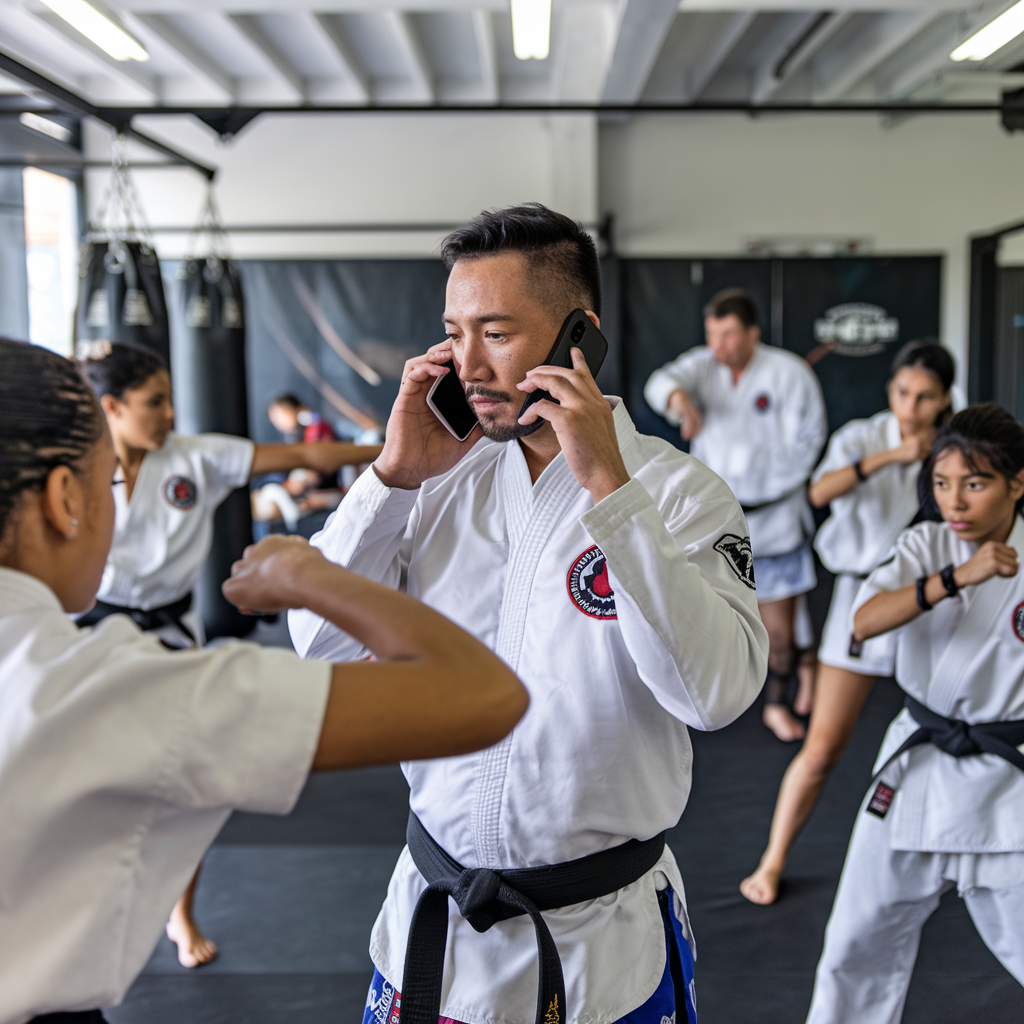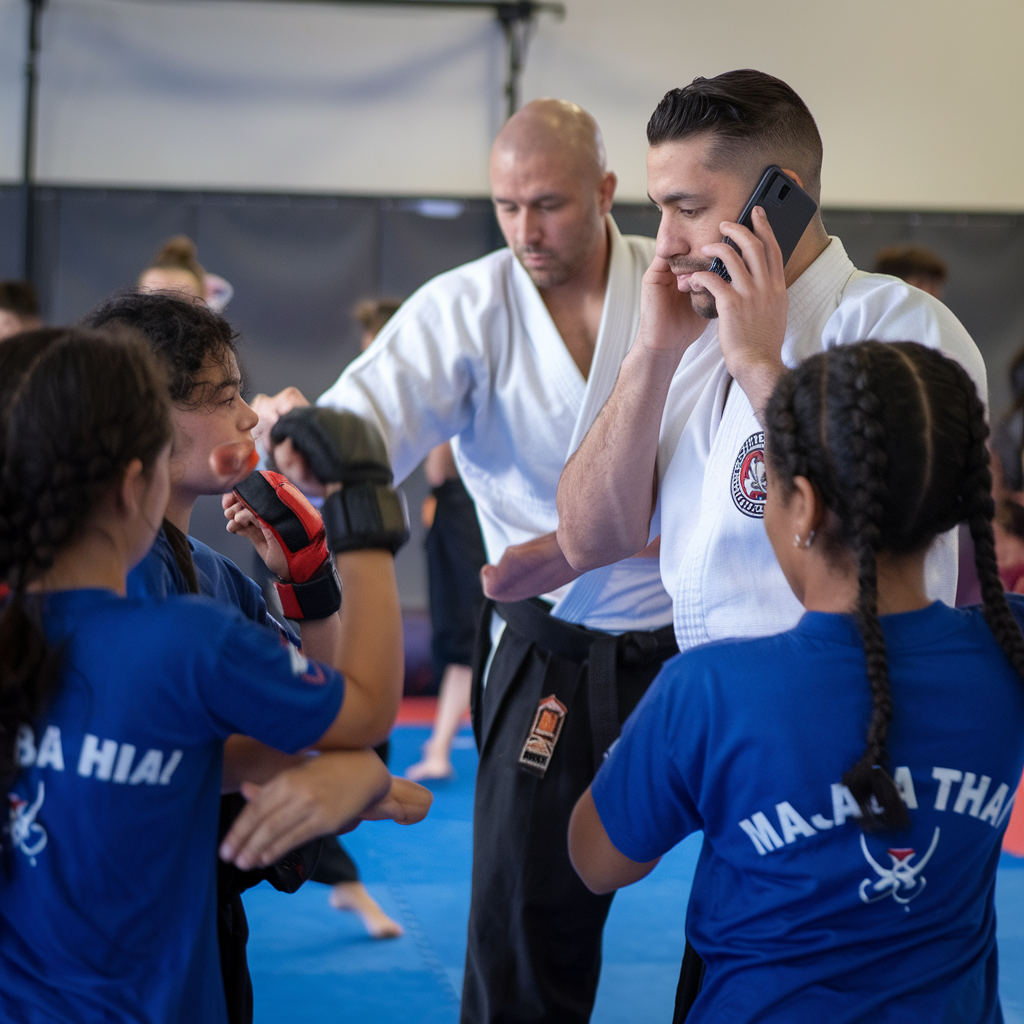
Introduction
In the evolving world of martial arts, two disciplines stand out as pillars of modern combat—Muay Thai and Brazilian Jiu-Jitsu (BJJ). Each offers unique skills that address different phases of a fight: Muay Thai dominates in striking and clinch work, while Jiu-Jitsu controls the ground with submissions and positional mastery. Together, these martial arts shape a new breed of modern warriors who can seamlessly transition from the ring to the mat.
The fusion of these arts is not just about learning to punch or grapple—it’s a transformative process that molds the body, mind, and spirit. In this post, we’ll explore how Muay Thai and Jiu-Jitsu contribute to building modern fighters, the differences between these arts, and why combining them creates a well-rounded and unstoppable martial artist.
The Legacy of Muay Thai: Power, Precision, and Endurance
Muay Thai, known as the “Art of Eight Limbs,” originates from Thailand and boasts a centuries-old tradition. This striking art uses fists, elbows, knees, and shins, making it one of the most comprehensive and effective stand-up fighting styles.
Core Components of Muay Thai
- Striking Techniques: Muay Thai employs a devastating range of punches, kicks, elbows, and knees.
- Clinch Control: Fighters use the clinch to trap opponents, deliver knee strikes, and execute throws.
- Defensive Tactics: Defensive maneuvers include blocks, parries, and counters to absorb and respond to attacks.
- Conditioning: Muay Thai fighters undergo rigorous physical training, focusing on stamina, power, and mental resilience.
How Muay Thai Shapes Modern Warriors
- Mental Toughness: The intense physical demands of Muay Thai foster a warrior mindset, encouraging discipline and perseverance.
- Explosive Power: Muay Thai’s emphasis on striking develops explosive, full-body power, useful both in combat and everyday life.
- Situational Awareness: Fighters learn to read an opponent’s movements, improving reflexes and decision-making skills.
The Science of Brazilian Jiu-Jitsu: Technique, Control, and Strategy
Brazilian Jiu-Jitsu (BJJ) is a ground-based martial art that emphasizes leverage and technique over brute force. It originated from Japanese Jiu-Jitsu and Judo and was refined in Brazil to prioritize ground fighting and submissions.
Core Components of Jiu-Jitsu
- Takedowns and Sweeps: Techniques for bringing an opponent to the ground and reversing positions.
- Positional Control: Dominating positions like mount, side control, and back control to neutralize opponents.
- Submissions: Utilizing chokes and joint locks to force an opponent to submit.
- Defense and Escapes: Methods to escape bad positions and recover from disadvantageous situations.
How Jiu-Jitsu Shapes Modern Warriors
- Problem-Solving Mindset: Jiu-Jitsu is often called “physical chess” because it requires tactical thinking and adapting to an opponent’s moves.
- Calm Under Pressure: The ability to remain composed while being controlled or attacked is a hallmark of BJJ training.
- Efficiency Through Technique: BJJ emphasizes using leverage and mechanics, making it accessible to practitioners of all sizes and strengths.
The Intersection of Muay Thai and Jiu-Jitsu: Building Complete Fighters
While Muay Thai and Jiu-Jitsu operate in different combat ranges—standing versus ground—they complement each other perfectly. Together, they create a martial artist who can engage and dominate in any situation.
1. Bridging the Gap Between Striking and Grappling
- Muay Thai teaches effective distance management and striking; Jiu-Jitsu provides techniques to close the distance and take the fight to the ground.
- Modern fighters blend these arts to transition smoothly between standing and ground combat.
2. Defensive Mastery Across All Phases
- A Muay Thai fighter trained in Jiu-Jitsu is less vulnerable if taken to the ground.
- A Jiu-Jitsu practitioner who learns Muay Thai can defend against strikes while setting up takedowns.
3. Versatility in Combat
- Muay Thai’s striking makes fighters dangerous from a distance.
- Jiu-Jitsu’s submissions allow fighters to neutralize threats up close or on the ground.
Mental and Physical Benefits of Training Both Arts

The combination of Muay Thai and Jiu-Jitsu extends beyond physical combat, offering profound mental and emotional benefits.
1. Improved Physical Fitness
Both arts require intense physical conditioning, improving cardiovascular health, strength, and flexibility. The functional fitness developed through Muay Thai and BJJ translates into better overall well-being.
2. Increased Mental Resilience
Training involves constant problem-solving under pressure, fostering mental toughness and emotional resilience—skills that are transferable to real-life challenges.
3. Stress Relief and Emotional Balance
The physical exertion and mental focus required for both arts provide a healthy outlet for stress, enhancing emotional well-being and mindfulness.
Practical Applications for Self-Defense
The combination of Muay Thai and Jiu-Jitsu creates a comprehensive self-defense system.
- In a Stand-Up Confrontation: Use Muay Thai to strike effectively and control the range.
- If the Fight Goes to the Ground: Utilize Jiu-Jitsu to escape, control, or submit the opponent.
- Managing Multiple Scenarios: Muay Thai handles striking and movement, while Jiu-Jitsu addresses grappling and ground survival.
Training Strategies for Modern Warriors
For those aiming to master both arts, a structured training approach is essential.
1. Cross-Training Consistency
Commit to regular classes in both Muay Thai and Jiu-Jitsu to develop well-rounded skills.
2. Integration Drills
Practice drills that combine striking, clinch work, takedowns, and ground transitions to bridge the gap between the two arts.
3. Situational Sparring
Engage in sparring sessions that simulate real-world scenarios where striking and grappling are required.
The Rise of MMA and Hybrid Warriors
The growth of Mixed Martial Arts (MMA) has showcased the effectiveness of combining Muay Thai and Jiu-Jitsu. Many MMA champions master both arts to dominate opponents in all areas of combat.
By blending these two disciplines, modern warriors are equipped with the tools to succeed in sport, self-defense, and personal development.
Choosing the Right Path for You
- Start with Muay Thai if you want to improve striking, physical conditioning, and aggressive self-defense.
- Begin with Jiu-Jitsu if you prefer technical problem-solving and grappling-based self-defense.
- Train Both for a comprehensive skill set that prepares you for any combat situation.
Conclusion
From the ring to the mat, Muay Thai and Jiu-Jitsu shape modern warriors by providing a complete martial arts toolkit. Muay Thai delivers striking power and resilience, while Jiu-Jitsu offers control, submissions, and tactical thinking. Together, these arts forge fighters who are adaptable, disciplined, and ready for any challenge.
Whether you’re a beginner exploring martial arts or an experienced fighter refining your skills, integrating Muay Thai and Jiu-Jitsu will not only make you a better martial artist but a stronger, more capable individual in every aspect of life.

